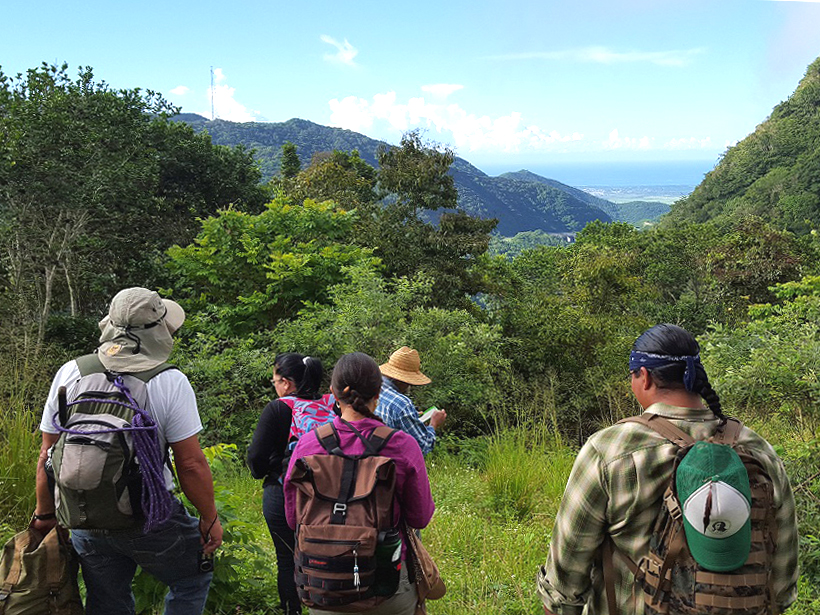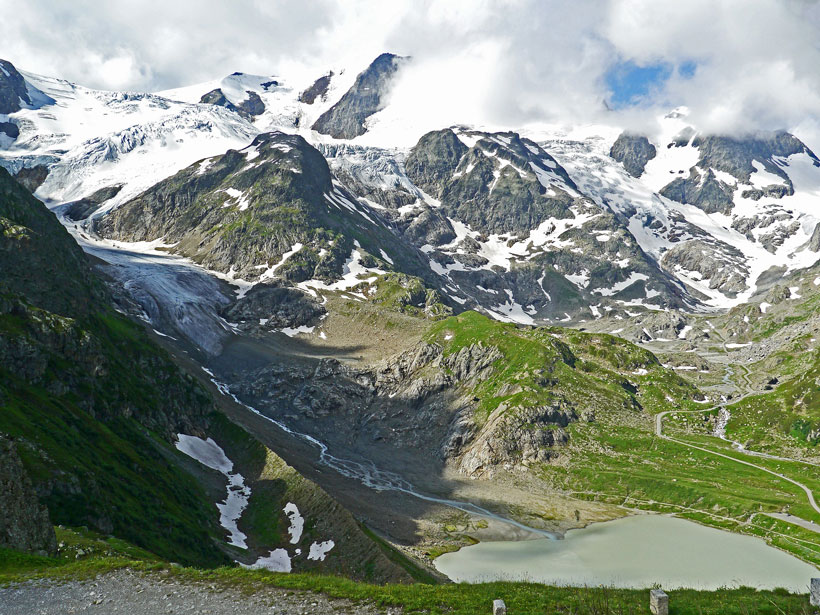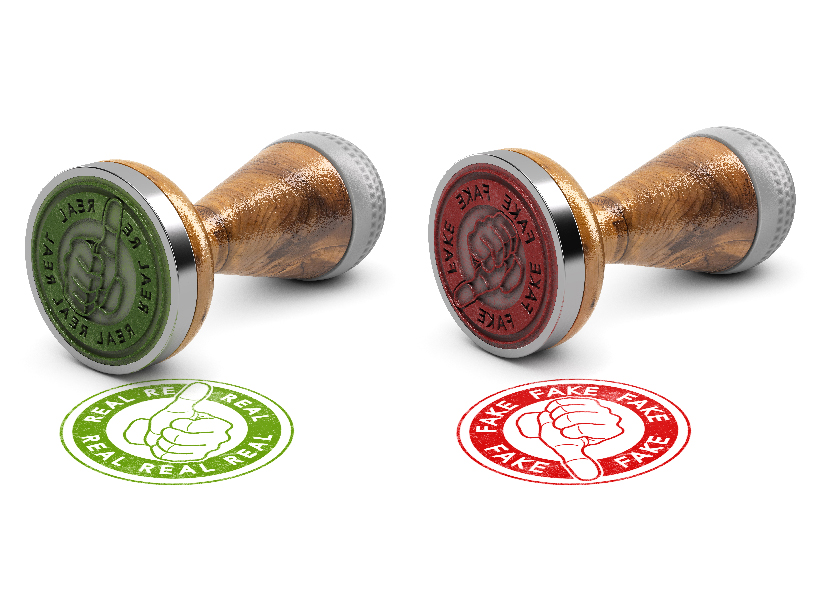Most technology would not last a day on our planet’s evil twin. By creating Venus’s surface and atmospheric conditions here on Earth, a team of engineers is designing spacecraft technology that will last for months.
Kimberly M. S. Cartier
Kimberly M. S. Cartier, Senior Science Reporter for Eos.org, joined the Eos staff in 2017 after earning her Ph.D. studying extrasolar planets. Kimberly covers space science, climate change, and STEM diversity, justice, and education
Manteniendo el Conocimiento de la Ciencia Indígena Fuera de un Molde Colonial
Un nuevo modelo de trabajo podría ayudar a los científicos a diseñar y facilitar la investigación que cumpla tanto los estándares de ética científica como los culturales, al trabajar con conocimiento indígena acerca del clima y el ambiente.
New Space Telescope Named for Nancy Roman, Astronomy Pioneer
Nancy Grace Roman’s namesake telescope will search for distant worlds and the earliest galaxies.
Eight Lessons from COVID-19 to Guide Our Climate Response
The global response to the ongoing pandemic can teach us how we should, and shouldn’t, respond to the climate crisis. And most important, it shows that we can do something.
Planetary Lightning: Same Physics, Distant Worlds
Lightning on Earth needs just a few simple ingredients to generate a spark. Those ingredients exist throughout the solar system and beyond.
Mountain Streams Exhale More Than Their Share of CO2
Streams that flow down mountainsides are more turbulent than those that run along forest floors, which leads to faster gas exchange between water and air.
Nonscientists Struggle to Separate Climate Fact from Fiction
People were much worse at identifying false statements about climate change than about general science, and they were overly confident in their answers.
El Compostaje Humano es el Camino Ecológico a Seguir
Nuestro impacto ambiental no desaparece cuando morimos, pero existe una forma de convertir este impacto en algo positivo.
Reindeer Could Trample Permafrost Thaw
Thick, fluffy snow traps summer’s heat in the top layers of Arctic permafrost even as winter chills the air above. Grazing animals stomp that snow flat.
Basalts Turn Carbon into Stone for Permanent Storage
Scientists have shown that mineral carbonation can permanently capture and store carbon quickly enough and safely enough to rise to the challenge of climate change.










